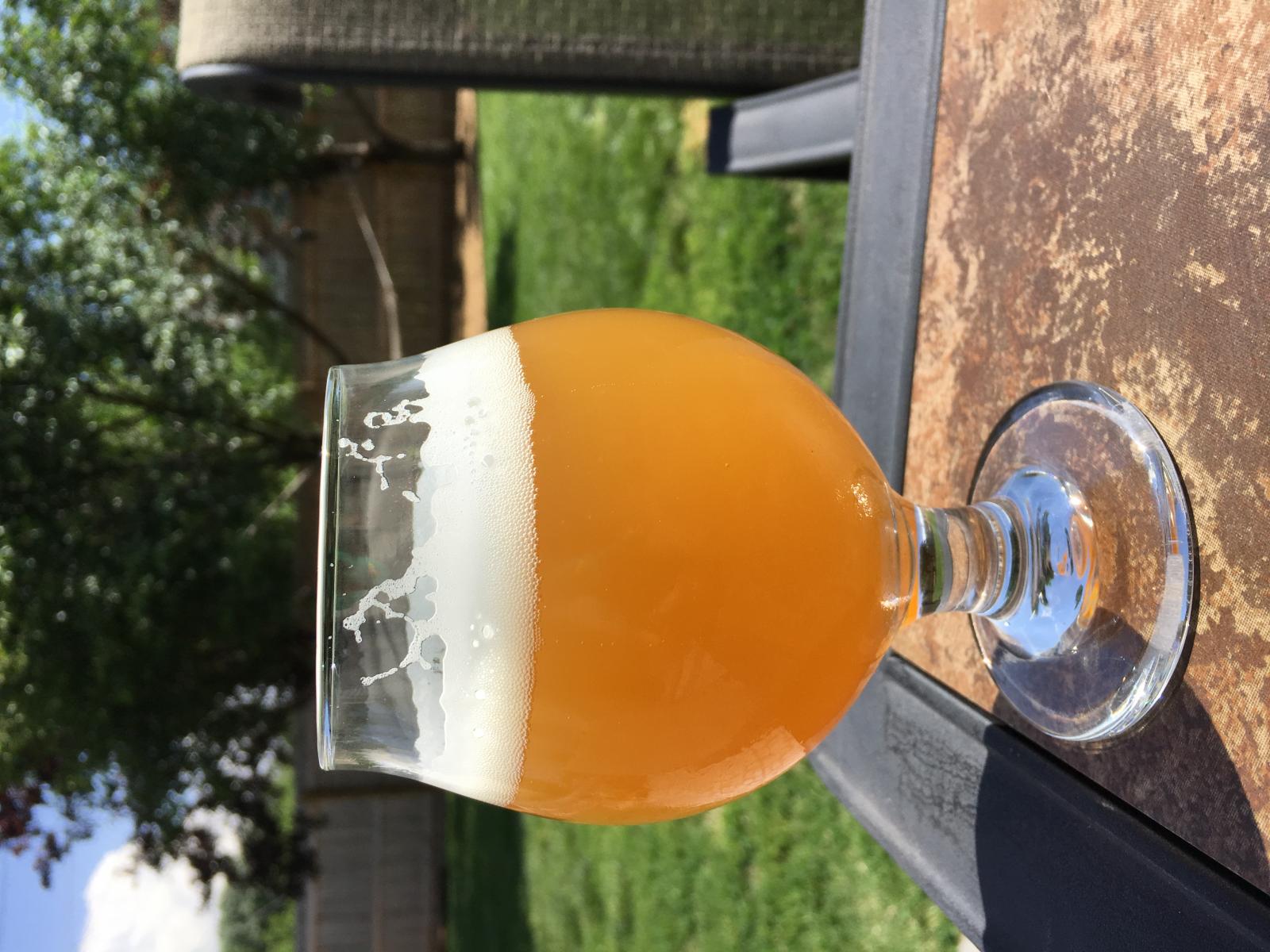Juicy "Northeast" style IPA (partial mash)
6 row malt 1 Lb
flaked wheat 1 Lb
briess carapils 1 Lb
spike water around 152 for 60 mins
Heat sparging water to 168
Boil total will be 6 gallons
Golden Light DME 1 Lbs 60 mins
Golden Light DME 5 Lbs 15 mins
Amarillo 1 oz 30 mins
Amarillo 1 oz Dry Hop
Simcoe 2 oz Dry Hop
Citra 1 oz 5 mins
Citra 1 oz Dry Hop
Yeast Nutrient .50 tsp 10 mins
Irish Moss 1 tsp. 10 mins
Fermcap 6 drops First thing (brew pot)
Fermcap 3 drops First thing (primary fermenter)
London III
Primary 2 weeks, Seconadry 3 weeks
two weeks before bottling
1 oz simcoe .5 citra .5 amarillo
one week brefore bottling
1 oz simcoe .5 citra .5 amarillo
Going for a little more "murky" fruity ipa with a strong aroma and smoother finish.
Thanks guys!
6 row malt 1 Lb
flaked wheat 1 Lb
briess carapils 1 Lb
spike water around 152 for 60 mins
Heat sparging water to 168
Boil total will be 6 gallons
Golden Light DME 1 Lbs 60 mins
Golden Light DME 5 Lbs 15 mins
Amarillo 1 oz 30 mins
Amarillo 1 oz Dry Hop
Simcoe 2 oz Dry Hop
Citra 1 oz 5 mins
Citra 1 oz Dry Hop
Yeast Nutrient .50 tsp 10 mins
Irish Moss 1 tsp. 10 mins
Fermcap 6 drops First thing (brew pot)
Fermcap 3 drops First thing (primary fermenter)
London III
Primary 2 weeks, Seconadry 3 weeks
two weeks before bottling
1 oz simcoe .5 citra .5 amarillo
one week brefore bottling
1 oz simcoe .5 citra .5 amarillo
Going for a little more "murky" fruity ipa with a strong aroma and smoother finish.
Thanks guys!





















































![Craft A Brew - Safale S-04 Dry Yeast - Fermentis - English Ale Dry Yeast - For English and American Ales and Hard Apple Ciders - Ingredients for Home Brewing - Beer Making Supplies - [1 Pack]](https://m.media-amazon.com/images/I/41fVGNh6JfL._SL500_.jpg)




